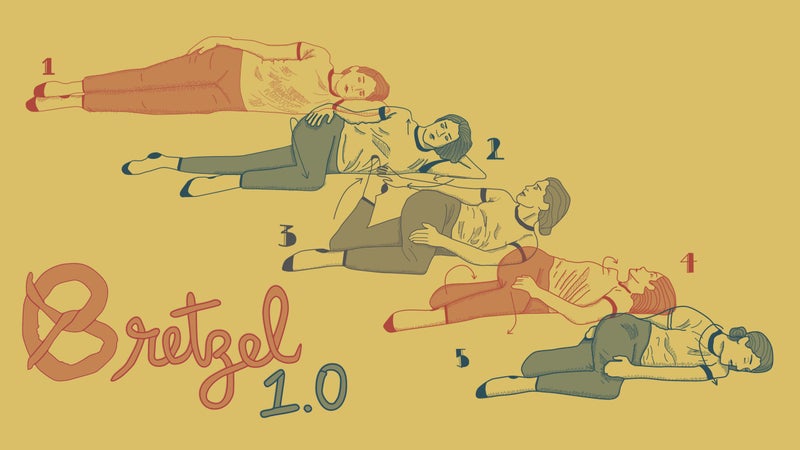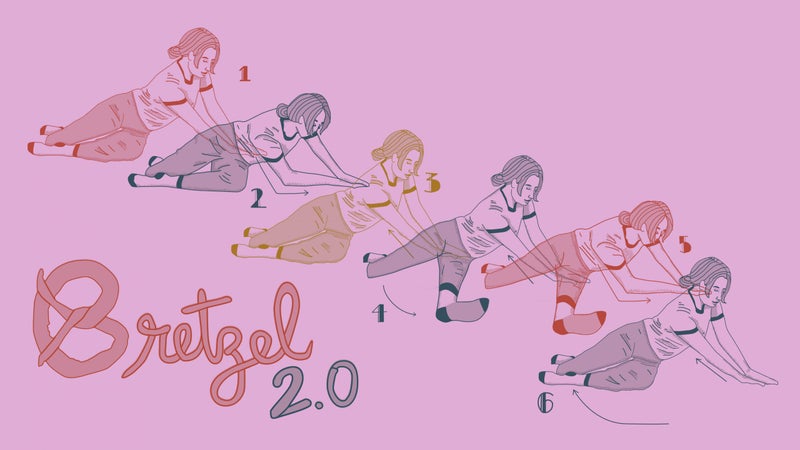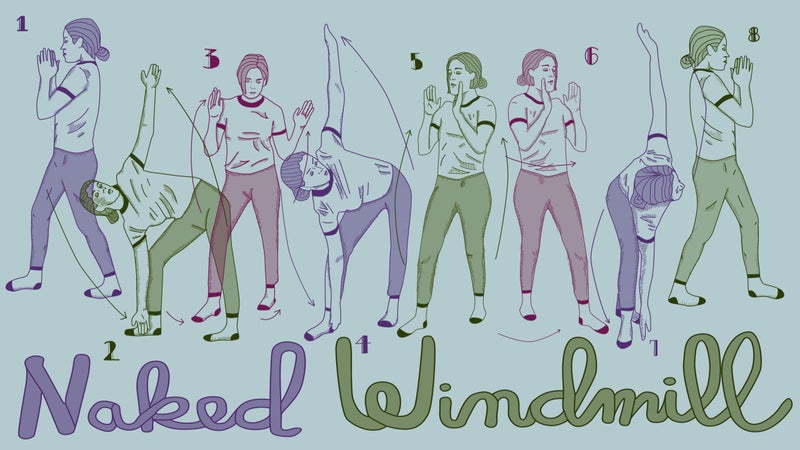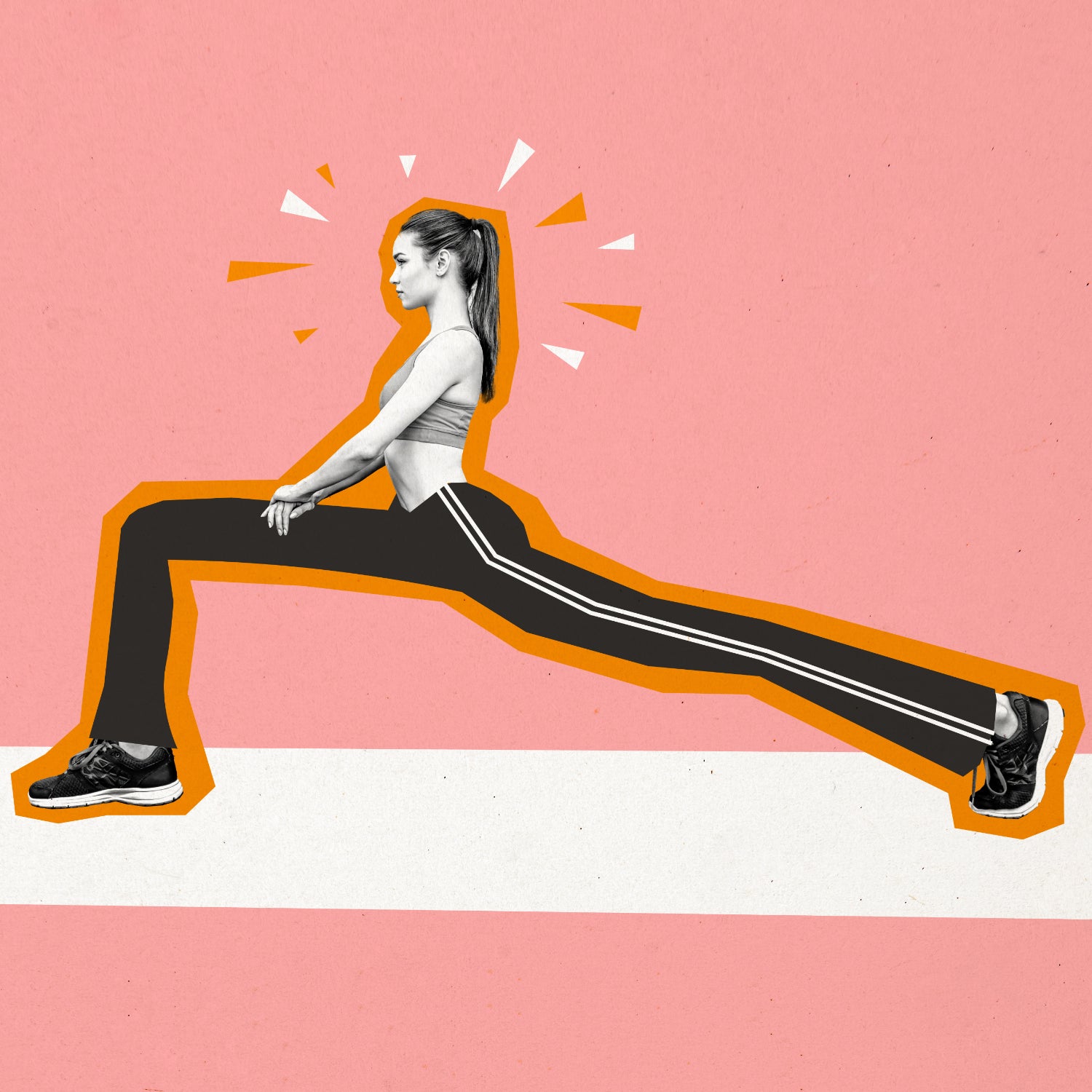Whether you’re attempting a new PR, training to bag an FKT, or just trying to keep up with the young guns, you may think the key to improvement is more: more training, more exercise, more of your sport. But James Wilson, a personal trainer based in Grand Junction, Colorado, says what you really need is balance.
Why Aiming for Balance in Your Fitness Routine Is Important
“One of the best pieces of advice I ever got was to look at what my sport is giving me and then also do the opposite,” says Wilson, who specializes in training outdoor athletes. “By training what you’re not doing, you fill your fitness gaps, balance the equation, and help your performance.”
What do outdoor athletes get enough of? Muscle tension. Our sports require that we use all of our muscles nearly all the time. Whether you’re hauling uphill on a trail run or topping out an epic climb, your muscles power your movement by contracting, a tightening mechanism that creates tension. Those repeated, intense tightening cycles spare no muscle and can make your entire body stiff. “The whole chain of muscles that run up your front and back, from your hips to your shoulders, gets particularly tight,” says Wilson.
“By training what you’re not doing, you fill your fitness gaps, balance the equation, and help your performance.”
Letting that tension build without relieving it creates imbalances, nagging pains, and injury and even drains your performance, says Wilson. For example, if your hip flexor muscles are too tight to let you fully extend your hips, you won’t be able to fire your glutes as hard and generate as much power with each stride or stroke, which slows you down. Even worse, those tight hip flexors can make one side of your body take on too much of the effort, leading to overuse injuries like IT band syndrome and tendinitis.
Stretching Will Help Round Out Your Fitness Routine
The solution is to give your body the opposite of tension: looseness. And the best way to do that is through stretching. If you’re an athlete who steadily trains, there will be instances—such as days when you have limited time at the gym—where stretching will likely be more beneficial to your overall fitness than doing more cardio or strength work, says Wilson.
A 3-Move Stretch Routine, Approved By a Personal Trainer
A little goes a long way, too. Wilson has his outdoor athletes do the following three stretches every day. They work on a global level, hitting all your interconnecting muscles and reducing tightness everywhere. They take just a few minutes to complete, but they may also help you decrease your next race or ascent time. Do them in the order shown.
1. Bretzel 1.0

This stretch opens your anterior chain, the muscles that run up the front of your body. “It lengthens your quad, hip flexors, chest, and shoulders and gives you good torso rotation,” says Wilson. Fluid movement in those areas is key for runners, climbers, and riders.
:
- Lie on your left side
- Place your right leg out 90 degrees from your torso with your knee bent 90 degrees
- Place your left hand on your right knee to hold it down
- Bend your left leg at the knee, grab your left foot with your right hand, and pull it toward your body
- Roll your chest open
- Breathe in this position (you should feel the stretch in your quad, shoulder, and abs)
- Hold for ten deep breaths
- Repeat on the other side
2. Bretzel 2.0

The stretch hits the area that the Bretzel 1.0 doesn’t: your posterior chain. “IT band, glutes, hamstrings, lower back, up into your lats,” says Wilson. “You can really feel how everything connects when you do this stretch.”
Keeping those hips, hammies, and IT bands healthy is key in any sport where you cover ground, especially cycling and running.
:
- From an , sweep your left leg under your right to bring it under your right hip
- Bend your left knee 90 degrees and your right knee 90 degrees, pointing away from your body
- Place your right hand palm side up and cover it with your left hand
- Bend your right elbow, rotating your torso to the left
- Rotate back to a straight-arm position
- Straighten your left leg and repeat the right-elbow bend with torso rotation. Breathe in that position. (You should feel the stretch in your glutes, IT band, and lower back.)
- Hold for ten deep breaths before switching to the other side
3. Naked Windmill

The ability to spiral your body while staying balanced on your feet is a movement old-time strongmen did for health, strength, and mobility benefits. Turns out the movement is awesome for cyclists: “I give this to a lot of my riders,” says Wilson. “They’ll do it for three weeks, then call me up to tell me they’re cornering their bike way better.” He also adds that this move helps climbers, skiers, and paddlers, too.
:
- Stand with your feet close together in a slightly staggered stance, your right foot about six inches ahead of your left
- Keep your knees slightly bent as you push the hips back and lower your torso, shifting your weight to the back leg to feel the stretch in your hamstrings
- From that position, twist your torso to the left while reaching your right hand down to the inside of your right foot
- Push your hips back into your left glute and reach your left hand as high as you can. (You should feel the stretch in your hamstrings, glutes, chest, shoulders, and sides.)
- Hold for five breaths and switch sides
- Complete three reps on each side to help you get deeper into the stretch. On the third rep, hold the deepest part of the stretch for ten deep breaths.
Want more of �����ԹϺ���’s Health stories? .


